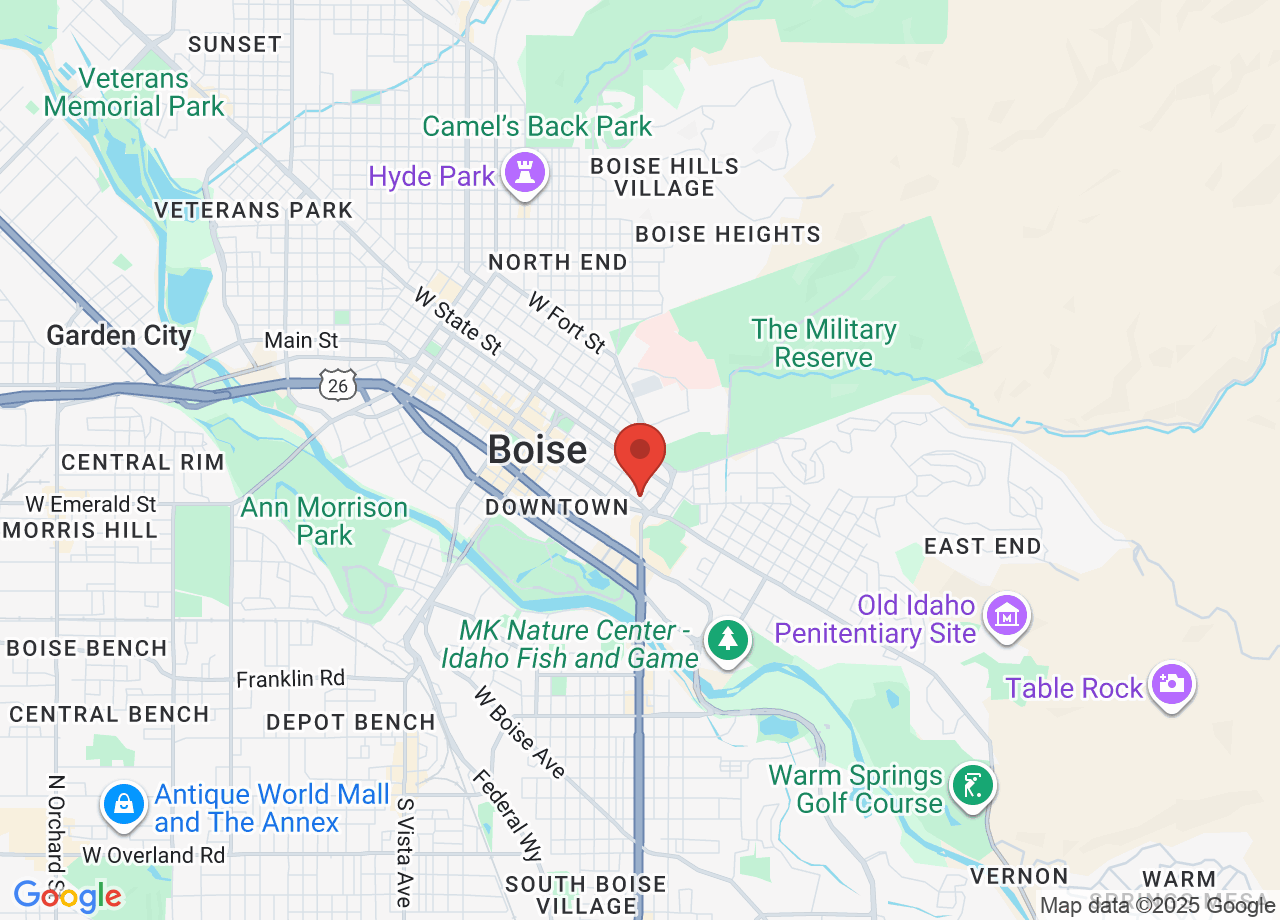Rib graft Microtia Reconstruction
A Faster, More Economical Approach with Natural-Looking Results
Russell H. Griffiths, MD, performs ear reconstruction using a variety of methods, including rib graft ear reconstruction, at his practice in Boise, ID. This treatment method is recommended for patients with a variety of microtia types and other ear damage. Dr. Griffiths can discuss the effectiveness of the treatment for your child's specific ear condition.
Dr. Griffiths' Approach to Ear Reconstruction
Dr. Griffiths prefers to use a patient’s own cartilage for fabrication of an ear framework. He harvests a portion of the chest cartilage from the sixth, seventh, and eighth ribs. The cartilage pieces are then artistically and meticulously sewn together then carved into a framework. Measurements are made so that the reconstructed ear framework has the same height, length, curvature, and projection of the contralateral (normal) ear.

“My son is experiencing a happiness and a confidence that I have never seen before. I know you have taken away a big, big hurt.”
Parent of Actual Patient
Happiness
One-Stage Microtia Reconstruction
Dr. Griffiths has developed a ONE-STAGE microtia reconstruction (with canalplasty) where he creates and places the framework, rotates the ear lobule, and creates the tragus and the external portions of the external auditory canal. On select patients, our otologist can reconstruct the ear canal at the same time. This one-stage microtia technique produces wonderful results, significantly lowers overall medical costs, and is preferred by patients and families, particularly those who have to travel great distances for their operation.

Rib Graft One-Stage Ear Reconstruction
How is Dr. Griffiths able to create an ear in one stage?
The one-stage procedure performed by Dr. Griffiths involves the use of a thin vascularized membrane underneath the scalp on the lateral forehead and temporal regions to cover the carved cartilage framework. This thin membrane is called the temporoparietal fascia (TP fascia flap).

The temporoparietal fascia, located below the skin and subcutaneous tissue, plays a crucial role in reconstructing the ear using rib cartilage.
Once this vascularized membrane is harvested, it can be wrapped around the ear framework to provide a complete vascular covering. Dr. Griffiths utilizes a limited incision access to harvest this flap so that the scars are carefully concealed around the ear. The fascia flap is then covered with a skin graft. Skin grafts are carefully chosen to provide the best texture and color match to the skin of the contralateral ear.
A key advantage of Dr. Griffiths' one-stage technique is that the reconstructed ear has feeling due to the sensory nerves that come from the fascia under the skin grafts. This sensory input helps the patient avoid injuring their ear in the future.
Precision At Every Treatment Stage
Dr. Griffiths uses refined techniques to achieve natural-looking results and minimal scarring.

Left-Sided Grade III Microtia
This photograph shows an ear and a rib graft framework from a patient with left-sided grade III microtia. On the left is a photo of his normal ear. On the right is a mirror image of a photo of the framework that Dr. Griffiths made for him.

Chest Scars
Dr. Griffiths uses an incision that is usually less than 6 cm long to harvest the cartilage. He closes the incision using a refined plastic surgery technique that makes the scar difficult to see in most patients.
How Many Stages Does it Take to Cover the Ear Framework with Vascularized Tissue?
The ear framework needs to be covered with vascularized tissue. In addition to the novel one-stage procedure developed by Dr. Griffiths, this can also be accomplished with a three-stage procedure, which was championed by Dr. Brent, or a two-stage procedure, which was championed by Dr. Nagata.
Two-Stage Procedure (no canalplasty)
Stage 1: The ear framework is inserted and the ear lobe lobule is rotated during the first operation.
Stage 2: During the second operation, the framework is elevated and skin grafts are used to cover the back of the ear. If the patient is a candidate for a canalplasty, a third stage can be completed after the external ear has been made.
Three-Stage Operation (no canalplasty):
Stage 1: The ear framework is carved and inserted underneath a pocket of skin at the desired site under the microtia remnant. It needs to heal in this position for approximately six months so that it can obtain its own blood supply.
Stage 2: The second stage involves rotation of the ear lobule and creation of a tragus and conchal bowl.
Stage 3: The third stage involves lifting the ear away from the scalp and placing a skin graft to cover the back of the ear. It is during this third phase that an extra cartilage graft is often added behind the ear framework to enhance its projection.
If the patient is a candidate for a canalplasty, a fourth stage can be completed after the external ear has been made.
Disadvantages of Multi-Stage Techniques
The three-stage and two-stage techniques (no canalplasty) are wonderful options for reconstruction of microtia. Dr. Griffiths used these techniques over the first half of his career, carefully honing his technique in order to perform the best reconstruction possible. He honors and respects the wonderful contributions made by Dr. Brent and Dr. Nagata.
However, these two techniques have three main disadvantages:
- Lack of Ear Projection
- Higher Overall Cost
- Time
The multistage rib graft technique often cannot produce adequate long-term ear projection, even if a wedge of cartilage is added below the framework during one of the later stages. Multistage rib graft surgeons rarely show long-term follow-up postoperative frontal view photos because the lack of projection of the reconstructed ear is readily apparent when compared to the normal side.
As medical costs - particularly hospital fees - have risen in the past decade, multiple operations create an extra financial burden on the patient and families. If the patient lives out of state, not only are travel costs higher, but multiple surgeries require greater time away from home, which can impact school and parent work schedules.
Talk to Dr. Griffiths about Rib Cartilage Ear Surgery
There are many considerations to be made in the course of treating microtia and other ear damage. To schedule an appointment and learn if this option is right for you or your child, please call us at (208) 433-1736 or contact us online.
ContactOur Staff
“My son is experiencing a happiness and a confidence that I have never seen before. You have taken away a big, big hurt...Thank you for making my son happy.” Michael, Father of a Former Patient


